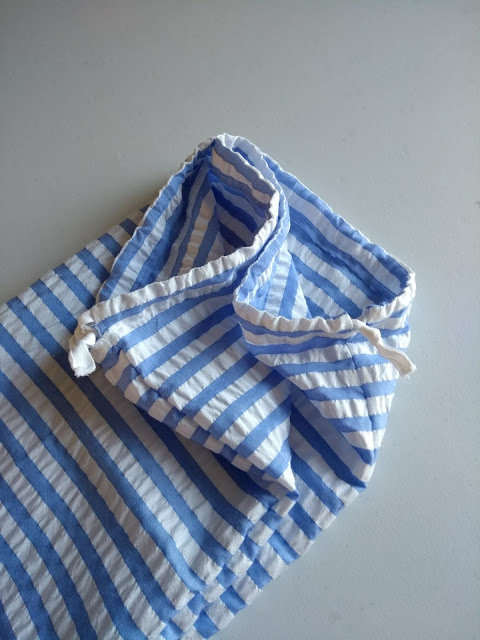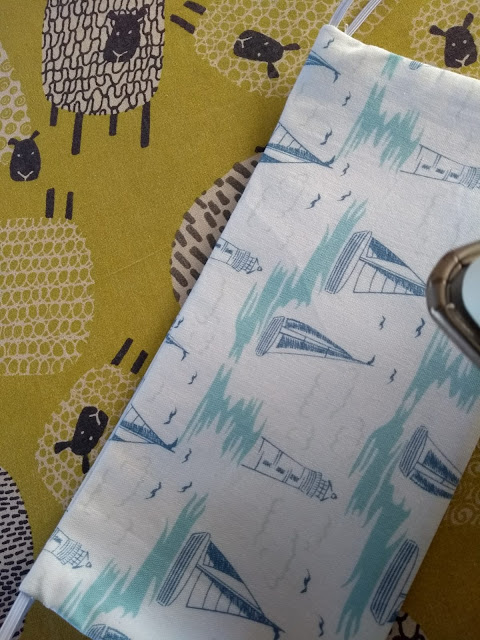This week we wanted to share a small project on the blog to help mark Mental Health Awareness week. As we have mentioned many a time, creative hobbies can be a useful distraction from what is happening in the world around us. One of my favourite activities to do when I need some down time is to grab some of my favourite colouring books and connect with the artist within.
Rather than share with you the colouring books in my collection I wanted to find some online content that is free* for you to access and enjoy. On my search for colouring pages I came across these beautiful floral wreaths on Pinterest which led me to Imelda Green; an illustrator and graphic designer. She has her own website and features many free* printable images that you can download and print at home.
*in return for accessing these free printables you need to subscribe to Imelda Green's email newsletter. Once you have signed up to receive her email newsletters, you will receive a password to access the Content Library. A small price to pay to have some beautiful illustrations delivered to your inbox!
Imelda Green also provides a free YouTube tutorial so you can follow how she has coloured in her design using watercolour paints.
I decided to use watercolour pencils and a water brush to colour these wreaths. The wreaths featured in this post are from March, April and May. If you fancy something more wintery, try the January and February wreath designs. If you intend to use watercolour paints/pencils, I do recommend printing on watercolour card if you can for a much smoother finish.
I started by using my watercolour pencils to add colour all around the wreath.
I then used my water brush to blend all the colours.
After I printed my first wreath in A4 size, I decided that these wreaths would make excellent card designs. Therefore I opened two other wreath designs into a blank document and resized them to make them smaller. I then added some text to the middle of the wreaths before printing.
These cards would make excellent letter writing cards, especially to send to friends and families now, or perhaps save your favourite to send to them on a special occasion.
Imelda Green's features many other free printable images and I have already spied some Christmas tags and cards that I might have to download and try. Alongside these free printable, her blog also features some fantastic posts and you can also find some great tutorials on her website as well.














































